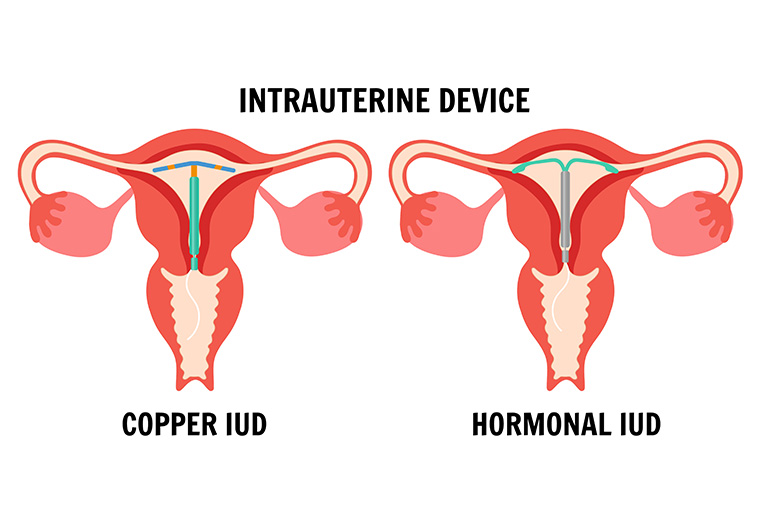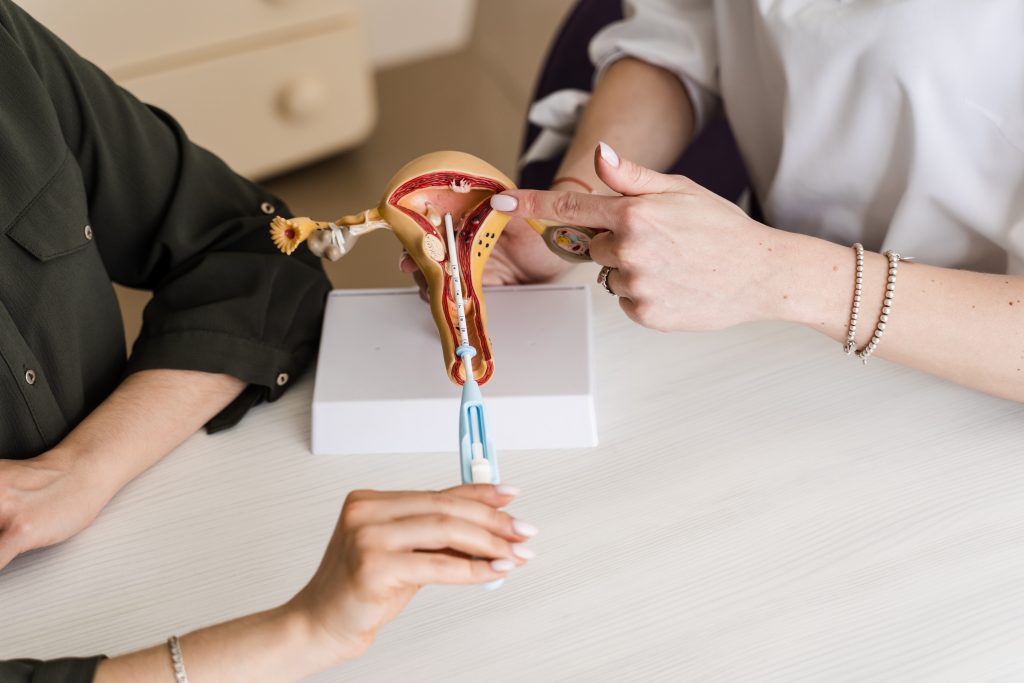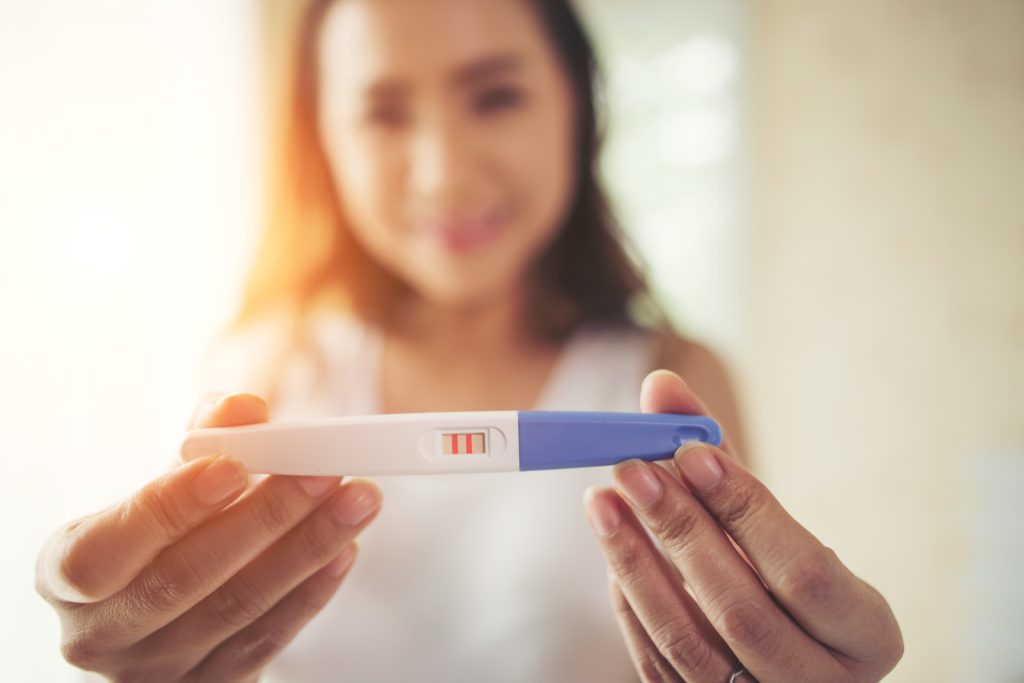You’re eagerly waiting for that one piece of news that could change your life forever. The anticipation is building, and you need to know if you’re pregnant. But what’s the best way to find out? Should you grab a pregnancy kit from the nearest pharmacy or schedule an appointment for a clinical test? Both options have their merits, and the choice can be difficult. This article will compare the two and help you decide which method suits you best. Let’s get started!
Pregnancy Kits
Pregnancy kits are a popular choice for many due to their convenience and ease of use. These kits are designed to detect the presence of human chorionic gonadotropin (hCG) in urine, a hormone produced during pregnancy[1].
How do Pregnancy Kits Work?
Pregnancy kits typically come with a test strip or a stick that needs to be placed in a urine sample. The strip contains antibodies that react with hCG. If hCG is present, a line or symbol appears on the strip, indicating a positive result. The instructions are straightforward, making these kits user-friendly.
Pros of Pregnancy Kits
Convenience: They can be used in the comfort of your home, allowing you to avoid a visit to the clinic. This aspect is particularly beneficial for those with busy schedules or limited access to healthcare facilities.
Privacy: You can perform the test without anyone knowing, which can be crucial for those who prefer to keep their potential pregnancy confidential until they are ready to share the news.
Cost: Pregnancy kits are generally affordable, making them accessible to a wide range of individuals. This affordability allows for multiple tests, which can be reassuring for those seeking confirmation over time.
Speed: Pregnancy kits provide quick results, typically within a few minutes. This immediate feedback can be essential for those eager to know their status without the anxiety of waiting for lab results.
Clinical Tests
Clinical tests for pregnancy involve a visit to a healthcare facility where blood or urine samples are analyzed by professionals. These tests are conducted in a more controlled environment, ensuring higher accuracy[2].
How The Clinical Tests Work[2]
Clinical pregnancy tests can be either urine or blood tests. Blood tests are more common and can be qualitative (detecting the presence of hCG) or quantitative (measuring the exact amount of hCG). These tests are performed in a laboratory setting, and the results are interpreted by medical professionals.
Advantages of Clinical Tests
Accuracy: Blood tests, in particular, can detect lower levels of hCG, making them more reliable than home pregnancy kits. This accuracy is crucial for confirming pregnancy, especially in its early stages.
Early Detection: Clinical tests can detect pregnancy earlier than home kits[2]. Blood tests can identify hCG levels even before a missed period, providing an earlier confirmation of pregnancy. This early detection can be vital for individuals needing to make timely healthcare decisions.
Professional Guidance: One of the important benefits of clinical tests is the access to professional healthcare guidance. When you visit a clinic, you can receive expert advice, discuss any concerns, and plan the next steps with a healthcare provider. This support can be invaluable, especially for first-time parents or those with health complications.
Comparison Between Pregnancy Kits and Clinical Tests
| Comparison Factors | Pregnancy Kits | Clinical Tests |
| Accuracy and Sensitivity | Convenient but may give false negatives if used too early. | Higher accuracy and can detect pregnancy earlier. |
| Cost and Accessibility | Generally more affordable and accessible, available over-the-counter without a prescription. | May require an appointment and the availability of healthcare services. |
| Privacy and Convenience | Offers unparalleled privacy and convenience for home testing. | Less private but provides professional support and accurate results. |
Conclusion
Both pregnancy kits and clinical tests have their unique advantages. Choosing between a pregnancy kit and a clinical test depends on your specific needs, circumstances, and preferences.
Reference Links:
[1] https://www.medicalnewstoday.com/articles/316463
[2] https://my.clevelandclinic.org/health/diagnostics/9703-pregnancy-tests.
https://medlineplus.gov/lab-tests/pregnancy-test/
https://www.plannedparenthood.org/learn/pregnancy/pregnancy-tests
https://www.webmd.com/baby/pregnancy-tests
https://www.mayoclinic.org/healthy-lifestyle/getting-pregnant/in-depth/home-pregnancy-tests/art-20047940
https://www.nhs.uk/pregnancy/trying-for-a-baby/doing-a-pregnancy-test/#:~:text=How%20does%20a%20pregnancy%20test,stick%20after%20a%20few%20minutes.




